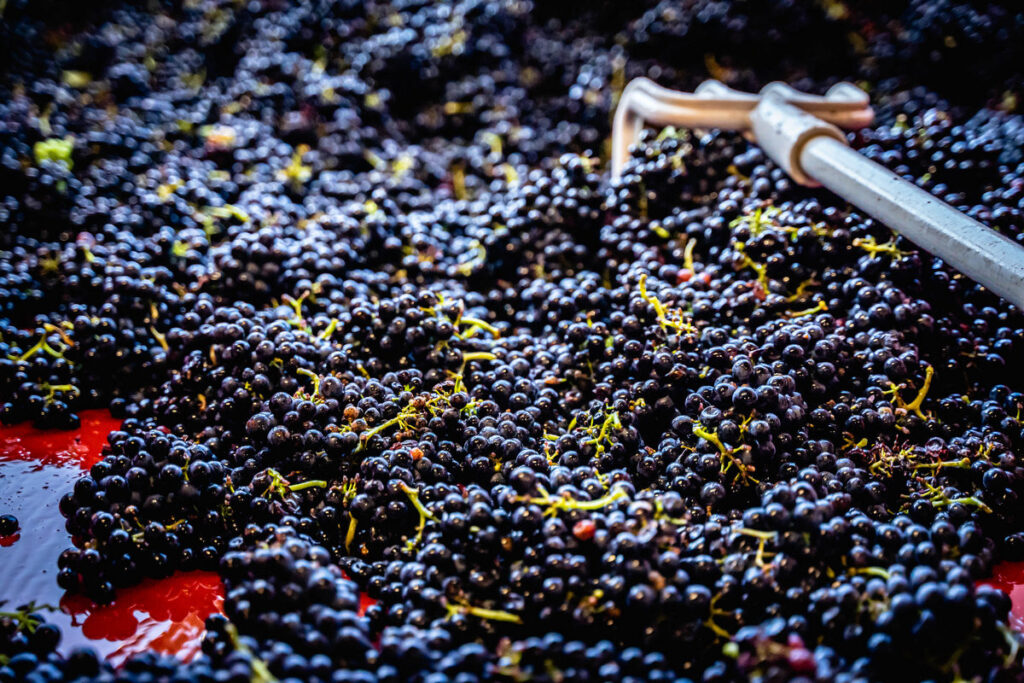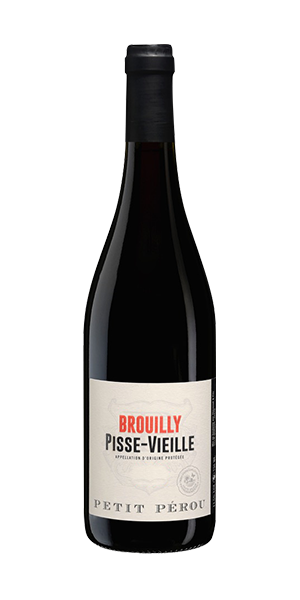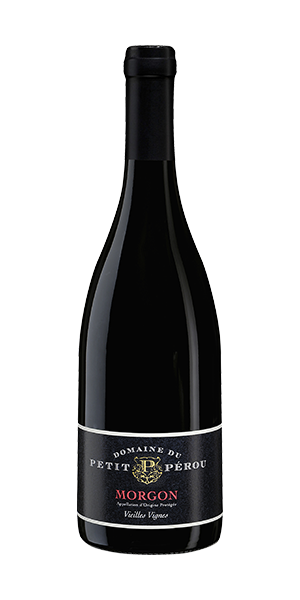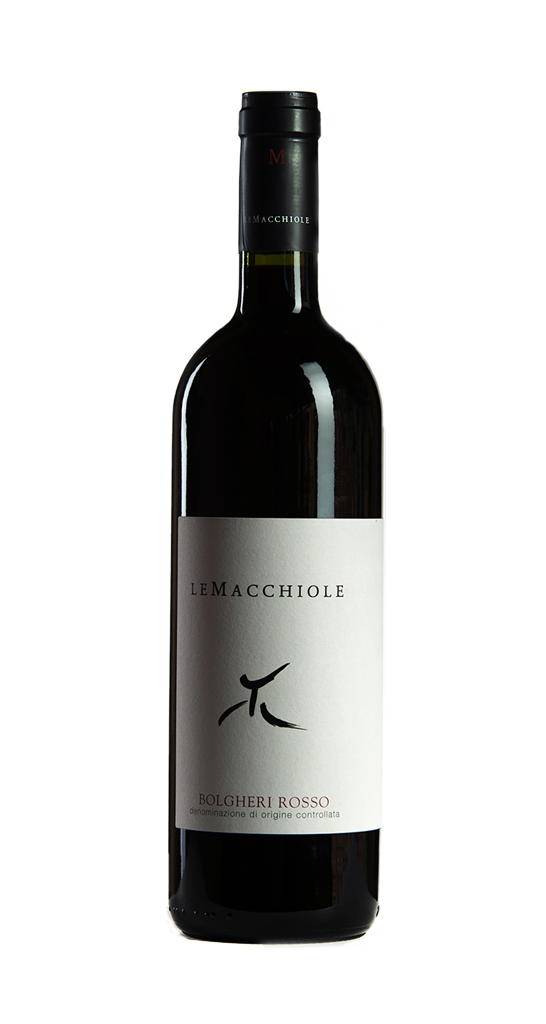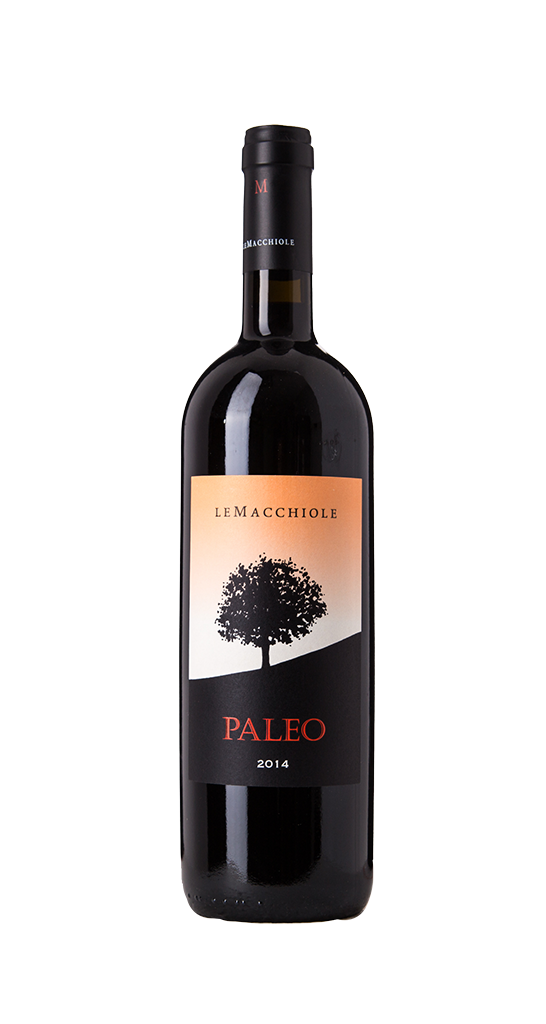No products in the cart.
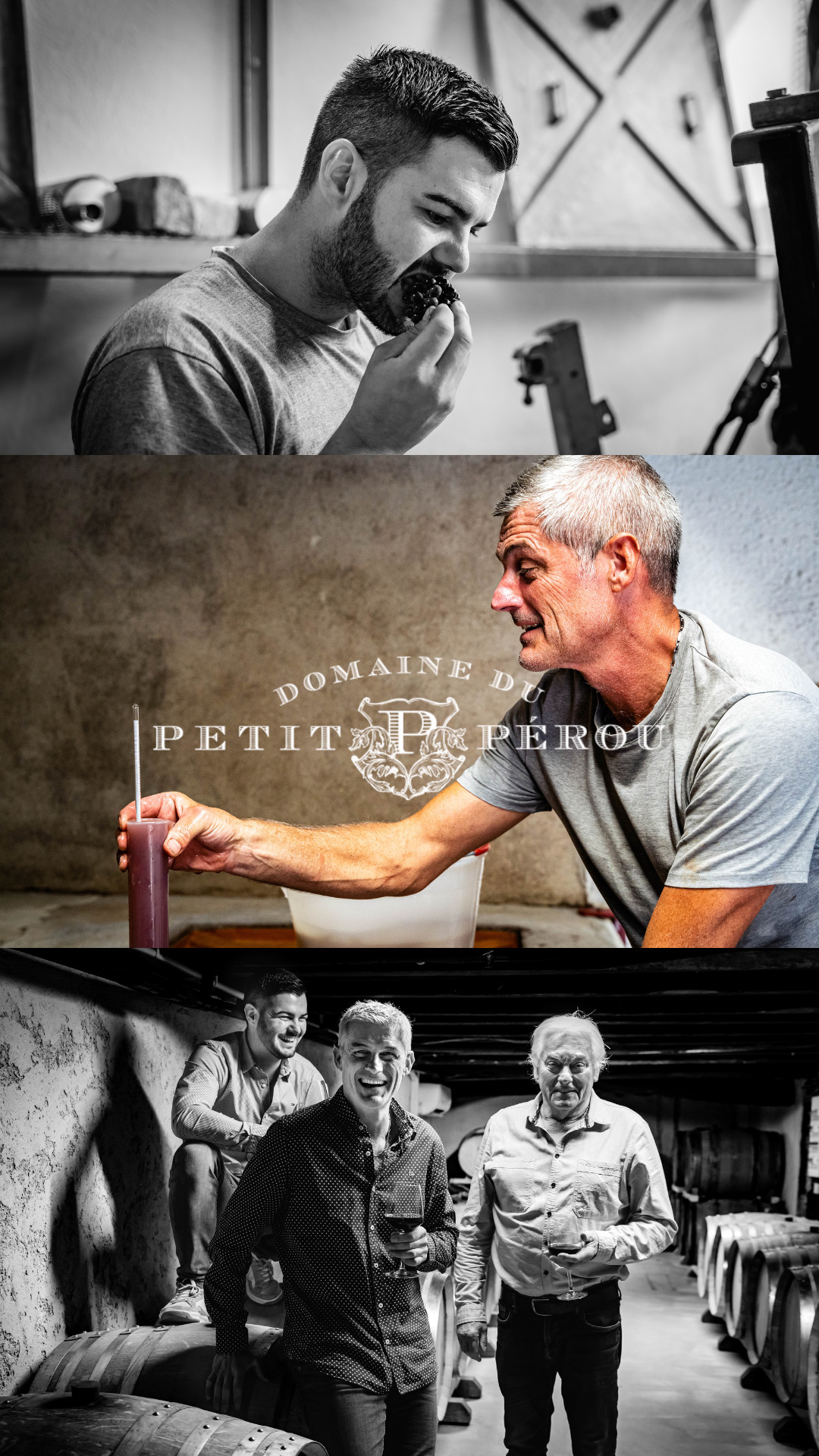
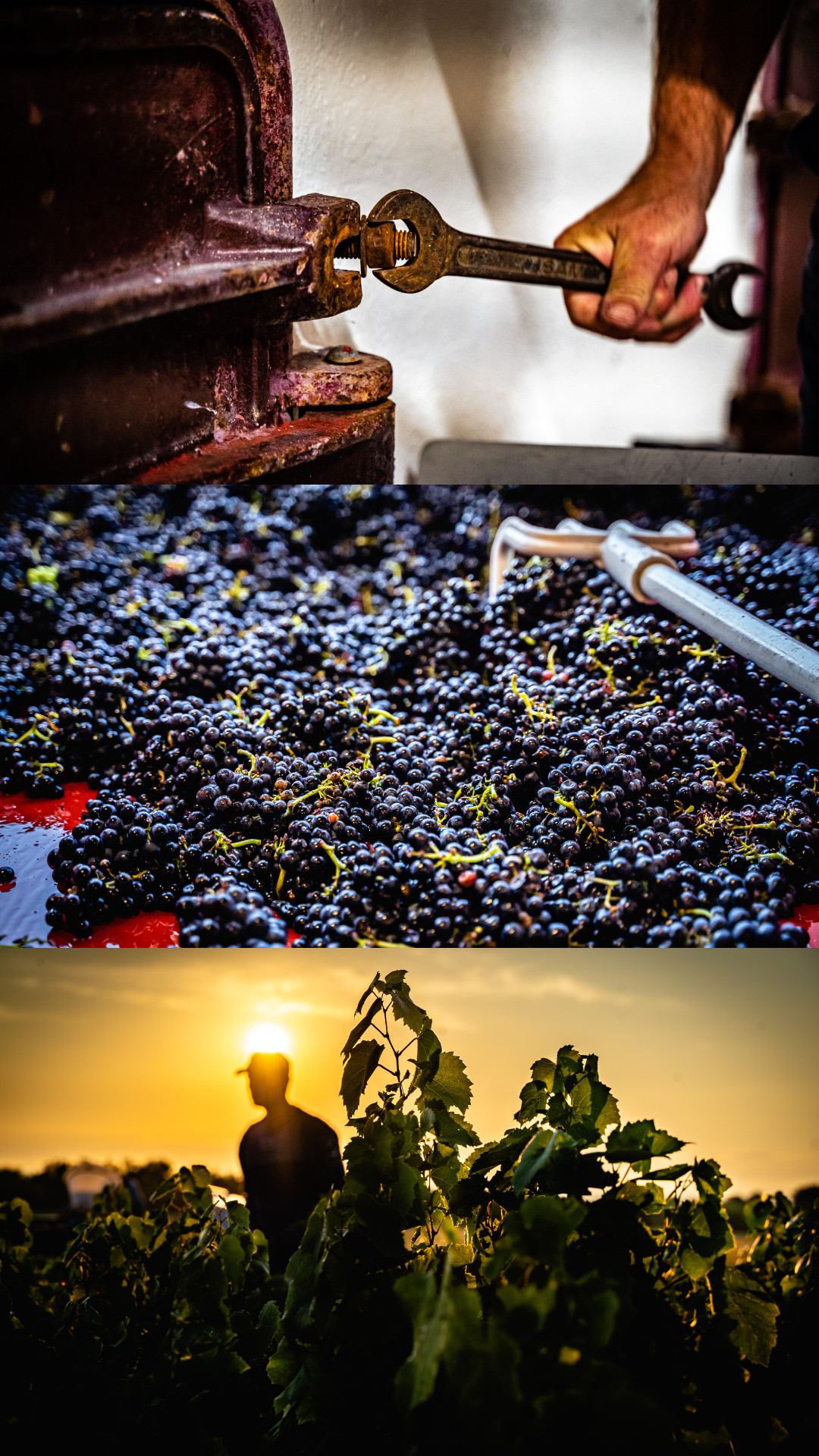
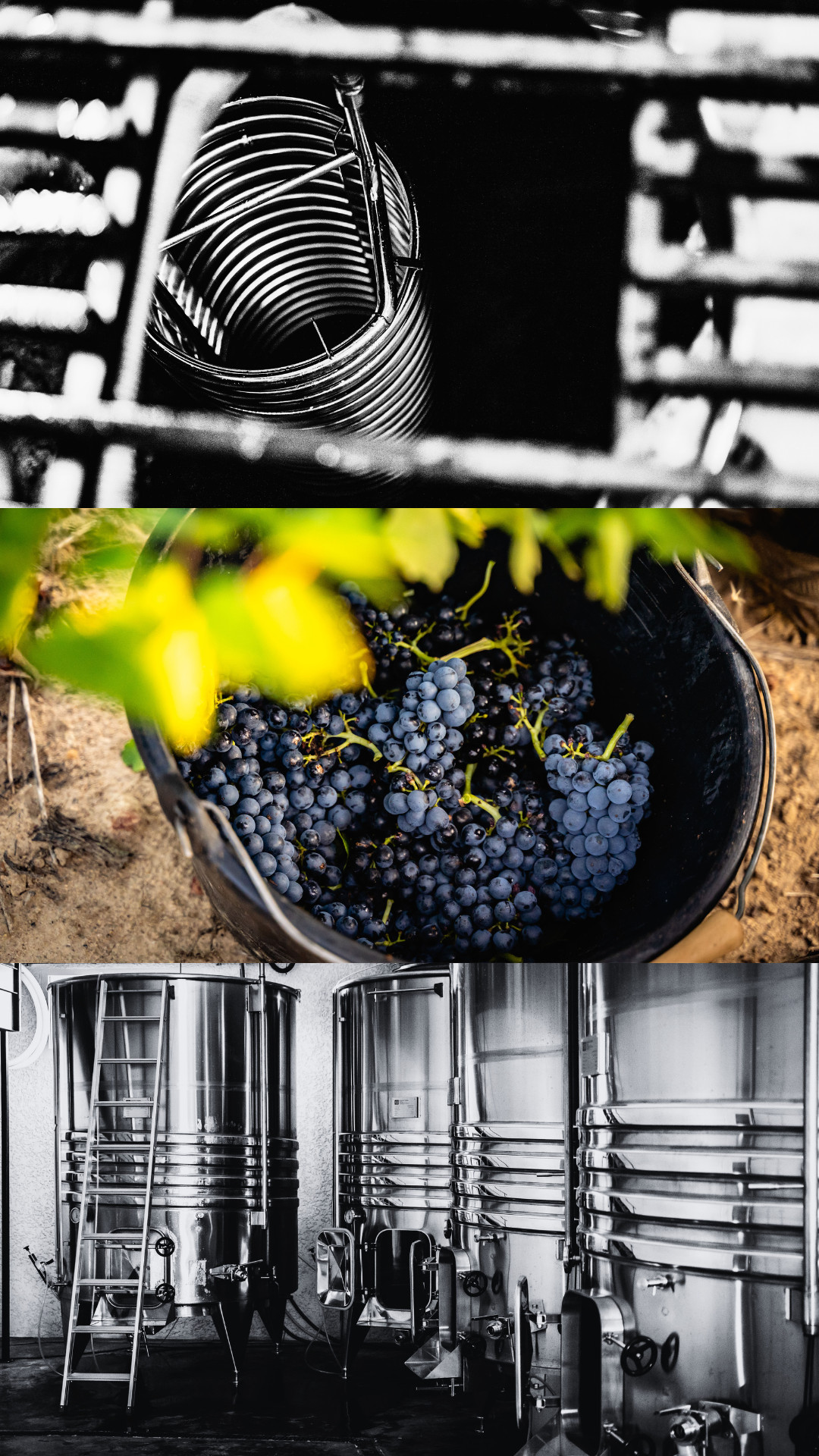
More than a team, Petit Perou is generations committed to quality and hard work.
Here at the Domaine, we live and work as a family on the estate, each with their own role and experience.
In addition to his work at the winery and vineyard, Laurent Thévenet often travels to serve his clients in different markets, while his wife, Sarah Thévenet, handles the administrative side of the Domaine and knows all of its clients inside out.
Between the vineyard, the wine, and sales, his son, Hugo Thévenet, perfectly complements his father, and Roger Thévenet, his grandfather, is the domaine's expertise. He's always willing to give his honest opinion and point of view. And last but not least, Alexa Thévenet, Laurent's daughter. Alexa joined the domaine in 2022 after four years working as an order picker at a domaine in the same appellation.



